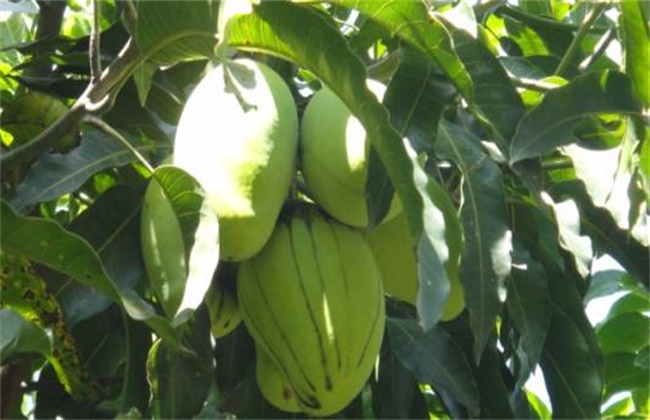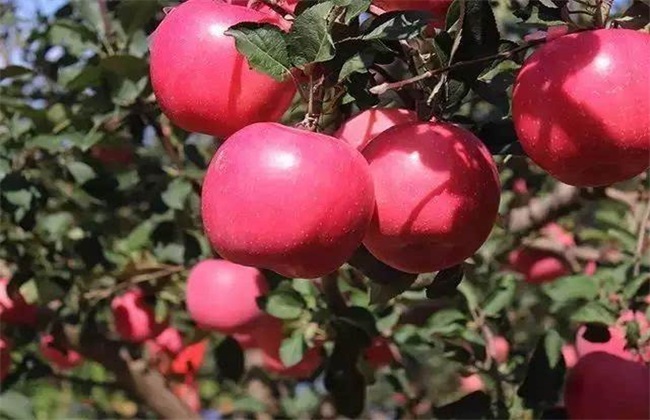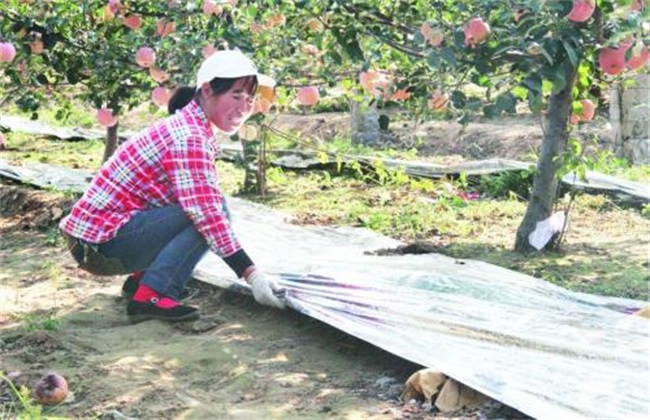Reasons for Low Yield of Anti-season Mango and Its Solutions
Mango is a fruit on the market in summer, and the improvement of out-of-season cultivation technology can make it on the market in early spring, which has good quality and high price, but there are some technical problems in out-of-season cultivation, resulting in low yield. What is the cause of this? How to solve it? Let's take a look.

First, the reasons for the low yield of mango in off-season.
1. Bad climate
Mango blossoms and fruit is in the winter and spring of low temperature and drought, and the yield is greatly affected by bad climate. One is low temperature, overcast and rainy. Although low temperature can also promote mango flower bud differentiation, low temperature and rainy weather after flowering will cause falling flowers, poor pollination and low fruit setting rate. Second, long-term continuous high temperature, mango needs a certain low temperature to be conducive to flower bud differentiation, if long-term high temperature will make it difficult for the plant to heading.
2. Physiological and metabolic disorders
Paclobutrazol is used in many orchards to promote flowering, due to the lack of cultivation techniques and long-term overuse, resulting in the imbalance of physiological metabolism of fruit trees, longer flower spikes, unreasonable proportion of bisexual flowers and other adverse phenomena, resulting in low fruit setting rate and more physiological fruit drop.
3. Lack of fertilizer and water
Some orchards have less fertilization, less soil nutrients and malnourished fruit trees, which affect the final yield, especially the catalytic mango, because of the short vegetative growth period and less nutrient accumulation, which has a great impact on the yield.
II. Measures to increase the yield of off-season mango
1. Adjust the florescence
According to the climate requirements of mango flowering and pollination and the analysis of market demand, the flowering period of mango should be arranged in mid-late November. If it blossoms in December-February, we should pay attention to the local climate. In case of adverse weather, 0% ethephon can be sprayed on leaves, which can delay flowering by 20-30 days.
2. Staggered florescence
In case of adverse climate, it will not lead to full construction, paclobutrazol can be applied to the same variety and the same orchard in two stages or more, with an interval of about 10 days. However, pay attention to the concentration and amount of paclobutrazol when spraying paclobutrazol. Generally, 15 kg of water and 100 grams of water are sprayed on the front and back of the leaves.
3. Promoting flowering
After the second canopy tip is stable, when Rain Water is too much or the weather is hot, it is also possible to draw new shoots. You can add ethephon 8 ml every 15 kg, plus 50 grams of paclobutrazol, spray the front and back of the leaves, and the drops are not dripped for degrees.
4. increase the application of fertilizer
This is an important measure for out-of-season mango cultivation to increase production. What nutrients should be lacking and what fertilizer should be applied to fruit trees, too many times of fertilization will also increase the cost. If the funds are limited, it is necessary to apply fertilizer at least twice a year, that is, fertilizer after fruit harvest and fertilizer for promoting flowers and flowers.
The above is the introduction of the reasons for the low output of out-of-season mango and the solutions. I hope it can help you. If you want to know more about it, please follow us.
Related
- Moge, come on! The staff of the peasant association in the producing area of cantaloupe were frightened when the crowd gathered.
- Causes and Solutions of low Fruit setting rate of Apple
- Symptoms and control measures of passion fruit virus disease
- Fruit growing lesson: how do apple orchards keep high yields?
- Can you build orchards in the mountains? What are the pros and cons?
- How to manage the coloring period of Crisson grape?
- This paper introduces the processing technology of two kinds of fig products.
- How much is a month for retired teachers in rural areas by 2020?
- How can strawberry planting increase sugar content? We should pay attention to management in many aspects.
- What are the cultivation techniques on how to improve the yield of golden fruit?



